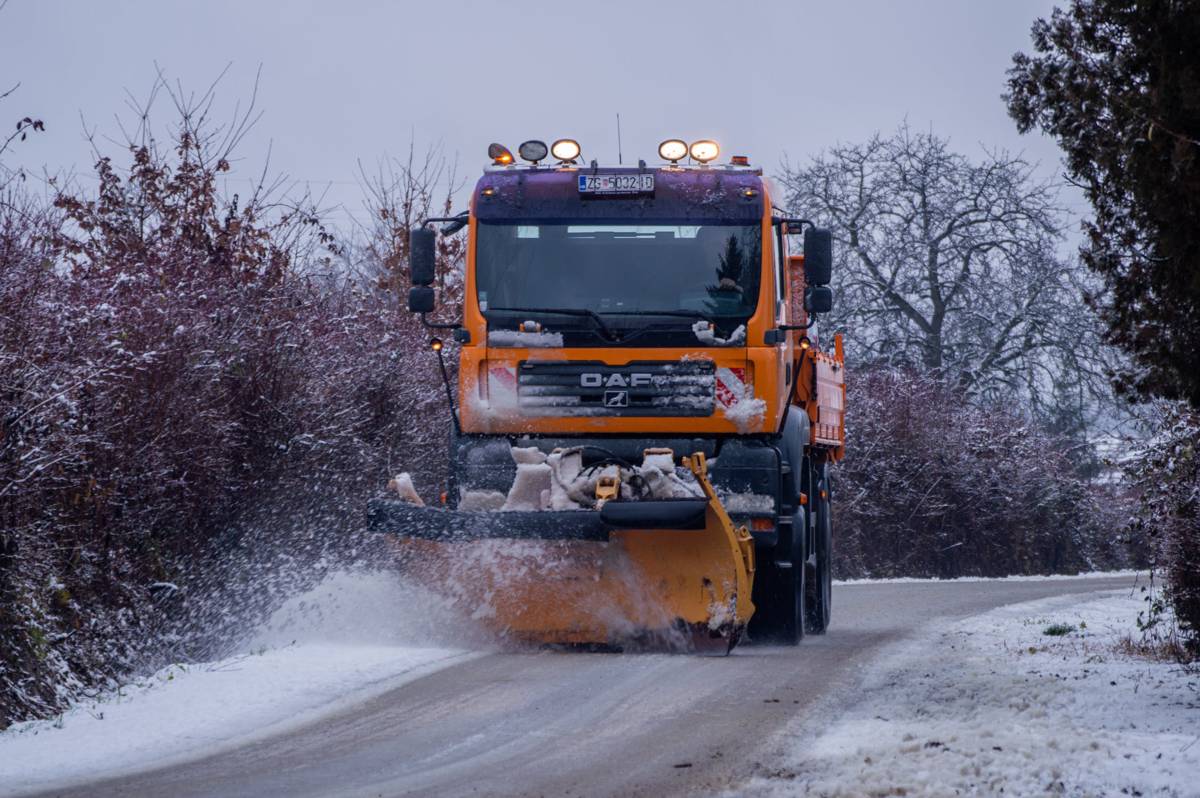Geotab’s 10-point checklist explores preparing Fleets for Winter
While there is plenty to celebrate about this time of year, drivers and fleet operators should utilise this period to prepare their vehicles appropriately for the season.
As with many things, prevention is better than cure when it comes to fleet management. Effective maintenance is key to efficient fleet performance and ensuring driver safety. Telematics can help point to a potential issue before it becomes a real problem. With this in mind, here are ten guidelines for operators to follow this winter.
1) Battery optimisation
A vehicle’s battery plays a crucial role in its core operations from kickstarting an engine to powering vehicle electrics. Cold temperatures interfere with a battery’s operation, causing them to discharge more quickly.
When it comes to electric vehicles, factoring this in is especially important when calculating range performance for longer trips. In addition, batteries have to expend more energy to operate during winter, leaving them at risk of running at a lower voltage. However, modern telematics systems can automatically detect low battery voltage and issue appropriate alerts to manage battery performance.
2) Inspect your tyres
Depending on the extremity of the weather conditions, fleet operators ought to consider adopting winter tyres, which have been proven to enhance safety, grip, and vehicle control. In addition, care needs to be taken to ensure tyre pressures are maintained at an optimal level.
This reduces wear on the tyre tread and maximises fuel efficiency.
3) Braking performance
It goes without saying that brakes are crucial to ensuring passenger and cargo safety and wintery conditions can severely hamper braking performance. Operators need to watch out for condensation build-up on brake pads and discs which can lock up the brakes, increase stopping distances and exacerbate the risk of rust and wear.
In addition, the cylinder housing for air brakes, protective sleeves on wheel heads with pneumatic disc brakes, and guide pins, all need to be regularly checked for damage or corrosion to ensure optimal performance.
4) Check your electrical systems
Every integral component, safety feature and creature comfort within your vehicle is connected and operated by electrical circuits and wiring. All of the aforementioned electrical components are exposed to increased risk during winter and as such, they require regular inspections to mitigate intermittent issues and avoid failures.
For example, operators should monitor for any voltage drops between the alternator and battery to rule out generator malfunctions.
5) Maintaining temperatures
Operators are responsible for ensuring that adequate quantities of coolant are available in every vehicle. While many radiator coolants come premixed with water, during winter it is advisable to examine this, as a slightly different ratio of coolant-to-water may result in better performance.
Regular checks should also be made to ensure that the coolant pressure is at the level recommended by the manufacturer.
6) Monitor compressed air systems
Operators can benefit in the long run by replacing the air dryer cartridge of vehicles every autumn to ensure peak performance for brakes and other pneumatic systems. It would be advisable to use oil separator cartridges to prevent oil from spilling on the cartridge seals and damaging them.
Lastly, water and dirt can accumulate in air reservoirs, so they too should be emptied regularly.
7) Caution for diesel-powered vehicles
Diesel has the propensity to turn into a waxy gel at very cold temperatures; however, fleet operators can counteract this by the addition of an anti-gel mixture into the fuel system.
Another sensible measure is to provide drivers with special additives in cases where there is still summer diesel in the tank but temperatures are about to drop.
8) Proper drainage of fuel filter and water separator
During winter temperatures, there remains a risk of water freezing within fuel systems, inflicting expensive damage to the system.
To avoid such a scenario, it would be advisable for company fleets to regularly drain their water separators and replace water-absorbing filters.
9) Adhere to vehicle equipment obligations
It is important to check that all the required equipment for a given fleet is in place before setting off.
While there isn’t an obligation to carry specific winter equipment in the UK and Ireland, the Automobile Association recommends that vehicles are prepped with spare bulbs, warning triangles, and first-aid kits among other amenities.
10) Consider the unique traits of your own fleet
Companies need to evaluate and prepare their vehicles for winter based on their intended purpose and inherent characteristics. For example, operators with a large EV fleet need to be particularly mindful of the impact lower temperatures can have on charging times and range performance, while those managing international fleets should prepare and equip vehicles to cope with conditions in countries or areas more prone to extreme winter conditions.
In addition, journey times could also be impacted during winter owing to traffic, accidents or severe weather conditions, all of which needs to be accounted for in advance.

Article by David Savage, Associate Vice President, UK & Ireland, Geotab.












